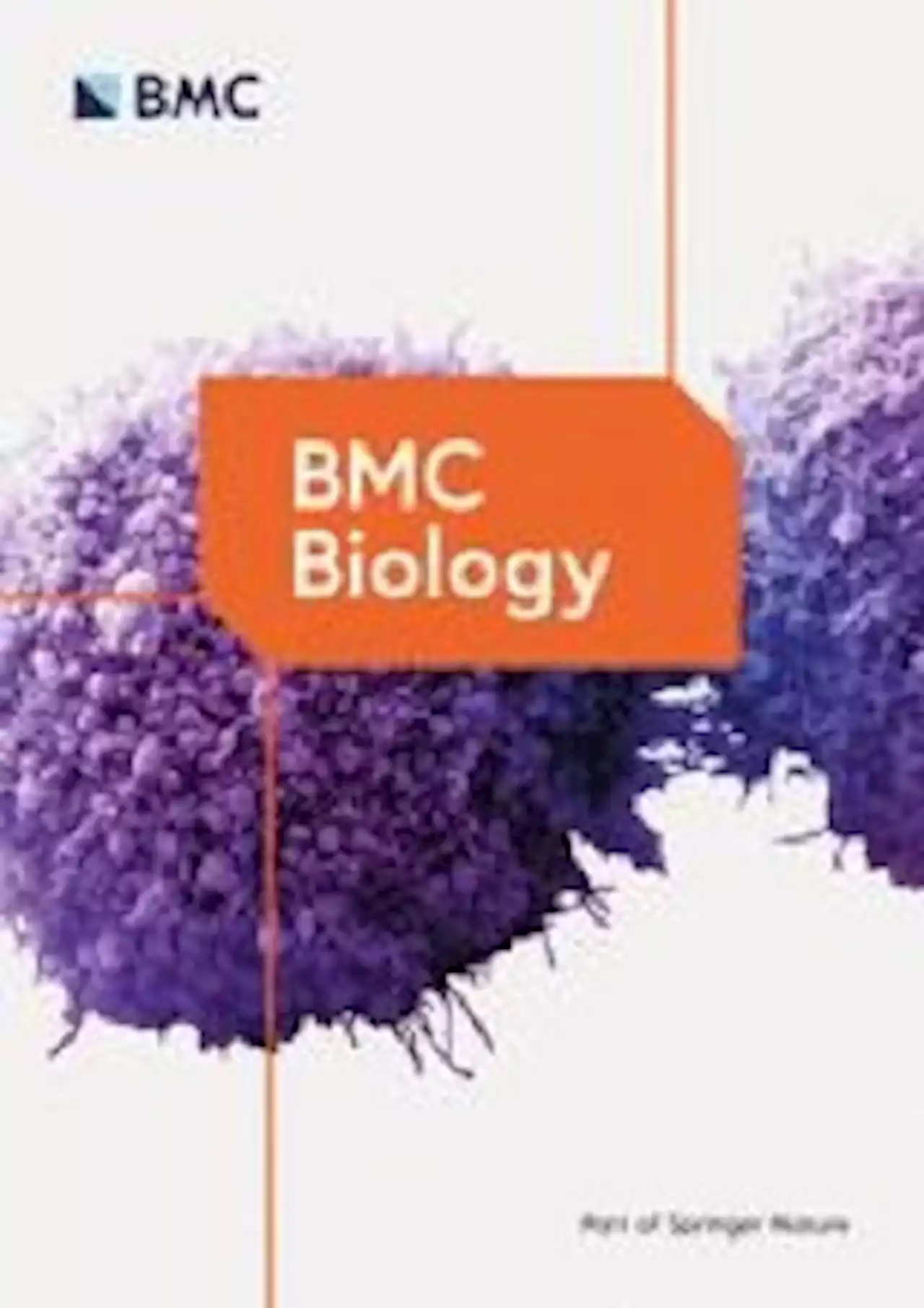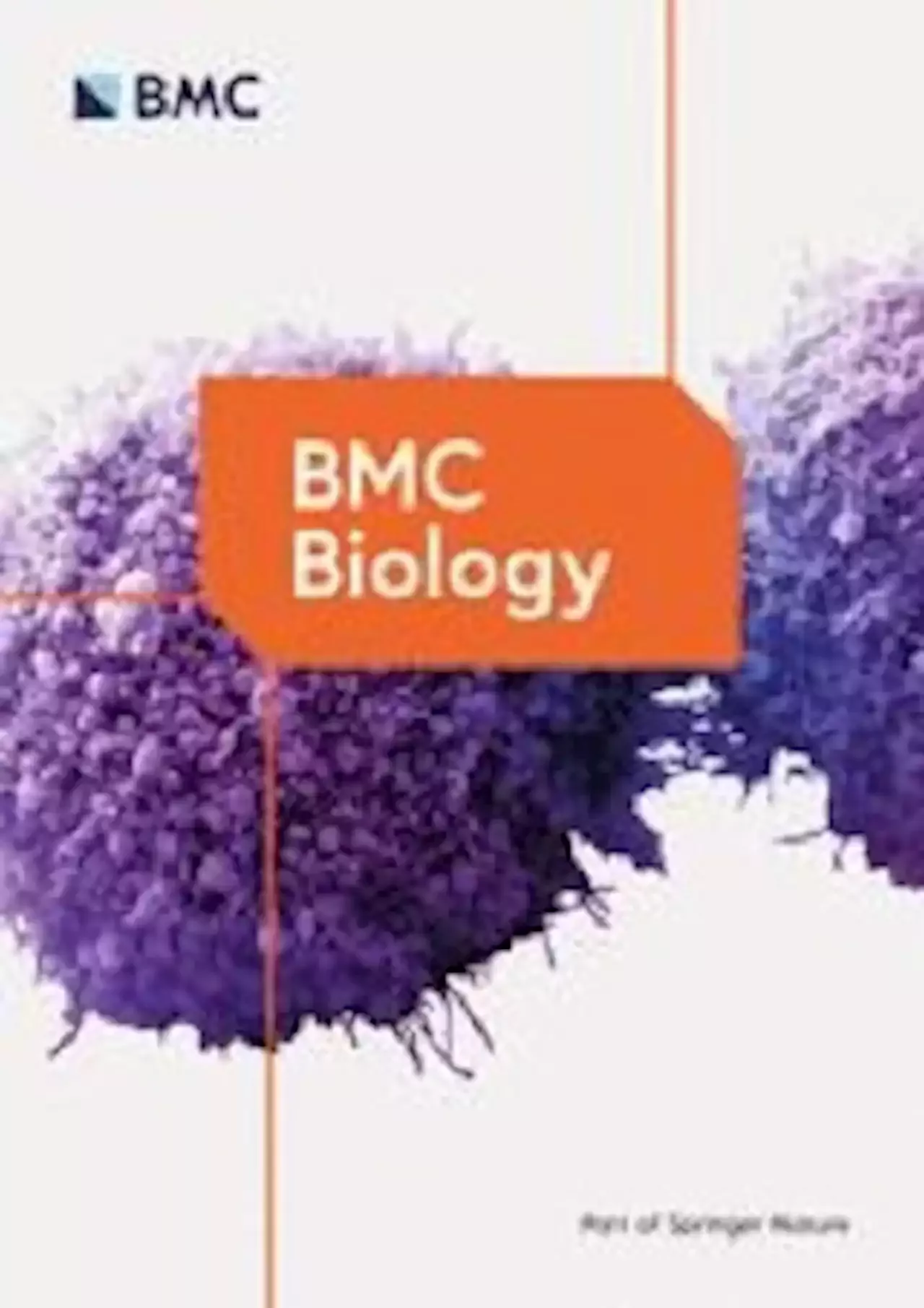A study published in BMCBiology describes an exceptionally preserved 541-million-year-old algae fossil that provides new insight into the early diversification of the plant kingdom.
In recent years, Precambrian lifeforms have generated an ever-increasing interest because they revealed a rich eukaryotic diversity prior to the Cambrian explosion of modern animals. Among them, macroalgae are known to be a conspicuous component of Neoproterozoic ecosystems, and chlorophytes in particular are already documented in the Tonian, when they were so far expected to originate.
Here, we present an exceptionally preserved spherical, coenocytic unicellular alga from the latest Ediacaran Dengying Formation of South China , known from both external and internal morphology, fully tridimensional and in great detail.
United Kingdom Latest News, United Kingdom Headlines
Similar News:You can also read news stories similar to this one that we have collected from other news sources.
 Multidimensional associations between nutrient intake and healthy ageing in humans - BMC BiologyBackground Little is known about how normal variation in dietary patterns in humans affects the ageing process. To date, most analyses of the problem have used a unidimensional paradigm, being concerned with the effects of a single nutrient on a single outcome. Perhaps then, our ability to understand the problem has been complicated by the fact that both nutrition and the physiology of ageing are highly complex and multidimensional, involving a high number of functional interactions. Here we apply the multidimensional geometric framework for nutrition to data on biological ageing from 1560 older adults followed over four years to assess on a large-scale how nutrient intake associates with the ageing process. Results Ageing and age-related loss of homeostasis (physiological dysregulation) were quantified via the integration of blood biomarkers. The effects of diet were modelled using the geometric framework for nutrition, applied to macronutrients and 19 micronutrients/nutrient subclasses. We observed four broad patterns: (1) The optimal level of nutrient intake was dependent on the ageing metric used. Elevated protein intake improved/depressed some ageing parameters, whereas elevated carbohydrate levels improved/depressed others; (2) There were non-linearities where intermediate levels of nutrients performed well for many outcomes (i.e. arguing against a simple more/less is better perspective); (3) There is broad tolerance for nutrient intake patterns that don’t deviate too much from norms (‘homeostatic plateaus’). (4) Optimal levels of one nutrient often depend on levels of another (e.g. vitamin E and vitamin C). Simpler linear/univariate analytical approaches are insufficient to capture such associations. We present an interactive tool to explore the results in the high-dimensional nutritional space. Conclusion Using multidimensional modelling techniques to test the effects of nutrient intake on physiological dysregulation in an aged population, we identified key
Multidimensional associations between nutrient intake and healthy ageing in humans - BMC BiologyBackground Little is known about how normal variation in dietary patterns in humans affects the ageing process. To date, most analyses of the problem have used a unidimensional paradigm, being concerned with the effects of a single nutrient on a single outcome. Perhaps then, our ability to understand the problem has been complicated by the fact that both nutrition and the physiology of ageing are highly complex and multidimensional, involving a high number of functional interactions. Here we apply the multidimensional geometric framework for nutrition to data on biological ageing from 1560 older adults followed over four years to assess on a large-scale how nutrient intake associates with the ageing process. Results Ageing and age-related loss of homeostasis (physiological dysregulation) were quantified via the integration of blood biomarkers. The effects of diet were modelled using the geometric framework for nutrition, applied to macronutrients and 19 micronutrients/nutrient subclasses. We observed four broad patterns: (1) The optimal level of nutrient intake was dependent on the ageing metric used. Elevated protein intake improved/depressed some ageing parameters, whereas elevated carbohydrate levels improved/depressed others; (2) There were non-linearities where intermediate levels of nutrients performed well for many outcomes (i.e. arguing against a simple more/less is better perspective); (3) There is broad tolerance for nutrient intake patterns that don’t deviate too much from norms (‘homeostatic plateaus’). (4) Optimal levels of one nutrient often depend on levels of another (e.g. vitamin E and vitamin C). Simpler linear/univariate analytical approaches are insufficient to capture such associations. We present an interactive tool to explore the results in the high-dimensional nutritional space. Conclusion Using multidimensional modelling techniques to test the effects of nutrient intake on physiological dysregulation in an aged population, we identified key
Read more »
 'Prove my innocence' - Ferdinand reveals how his cornrows were related to 2003 drug banFormer Manchester United defender Rio Ferdinand has provided some surprising insight into what inspired his iconic cornrows.
'Prove my innocence' - Ferdinand reveals how his cornrows were related to 2003 drug banFormer Manchester United defender Rio Ferdinand has provided some surprising insight into what inspired his iconic cornrows.
Read more »
 Tensions mounting between F1 and the FIA over 'unacceptable' attitudeThis week's confirmation of the 2023 F1 calendar has driven a greater wedge between Liberty Media and the FIA, according to a report.
Tensions mounting between F1 and the FIA over 'unacceptable' attitudeThis week's confirmation of the 2023 F1 calendar has driven a greater wedge between Liberty Media and the FIA, according to a report.
Read more »
 Star Wars Andor shoot leads to cash boost for Argyll charitiesThe owners of Scotland's Hollow Mountain hydro plant have made donations after filming at their site.
Star Wars Andor shoot leads to cash boost for Argyll charitiesThe owners of Scotland's Hollow Mountain hydro plant have made donations after filming at their site.
Read more »
 China earthquake: Man rescued after 17 days lost in mountainsThe hydropower plant worker helped colleagues after the tremor, before getting lost without glasses.
China earthquake: Man rescued after 17 days lost in mountainsThe hydropower plant worker helped colleagues after the tremor, before getting lost without glasses.
Read more »
 Flowers left in tribute to Queen to be composted and used in Royal ParksThe flowers will be used for planting projects in the London parks.
Flowers left in tribute to Queen to be composted and used in Royal ParksThe flowers will be used for planting projects in the London parks.
Read more »
